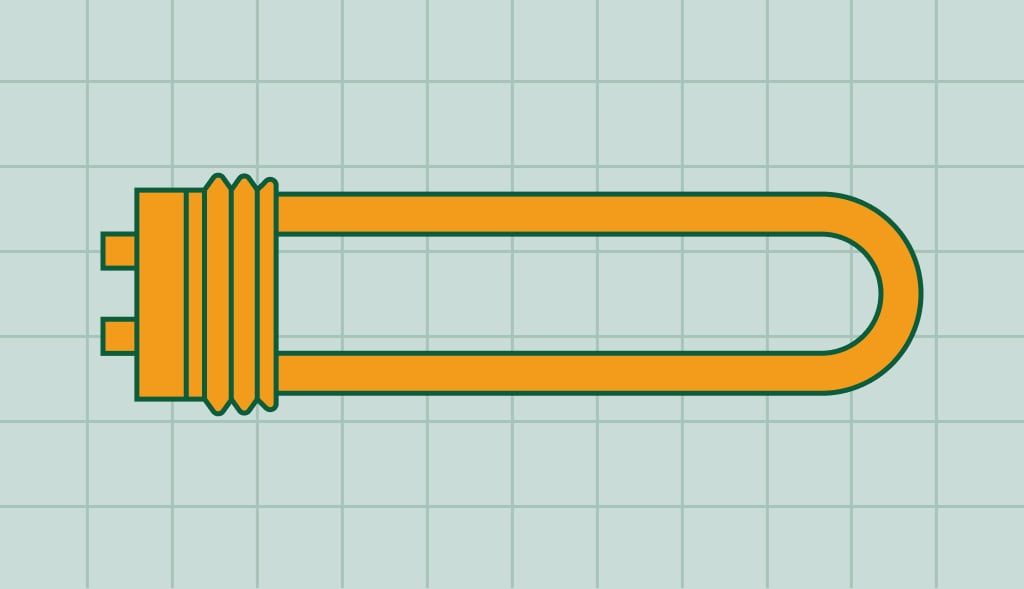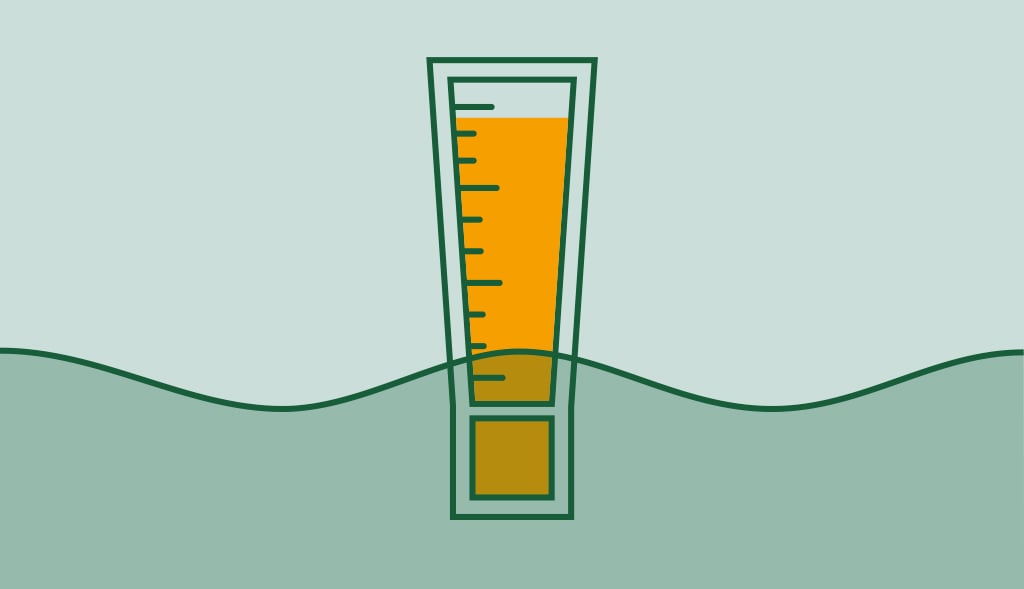The Fundamental Role of the Water Heater Element: Understanding Your Hot Water System

Your water heater is one of the most valuable yet underated appliances in your home.
This appliance helps you:
- keep your showers warm,
- sanitize your dishes,
- can add a level of comfort to your house that is nearly priceless.
But, how does this vital appliance work? The key lies within a critical component known as the element. This piece of hardware is responsible for transforming electrical energy into heat in electric water heaters. Let’s dive into the intricacies of the unit element, the heart of every electric water heater.
The Elements: The Heart of Every Electric Water Heater
To understand the importance of an element, we must first familiarize ourselves with the general operation of an electric water heater. This appliance is, in essence, a large insulated tank filled with water. At the bottom of this tank, one or two heater elements are typically installed. These components heat the water within the tank, thereby providing a constant supply of hot water to your home’s ecosystem.
So what exactly is an element? In simplest terms, it’s an electrically charged coil or tube encased in a metal sheath. The sheath is there to protect the coil from the water and to conduct heat to the water from the coil. It’s the critical component that facilitates the conversion of electrical energy into heat energy in your unit.
Unveiling the Heating Element
When it comes to the operation of your electric unit, the heating element is clearly the linchpin. In most residential units, two heating elements work together to ensure consistent hot water. The upper element heats the top portion of the tank, while the lower element takes care of the bottom section.
When you turn on a hot water faucet, cold water is drawn into the bottom of the tank. The lower element takes the relay and starts heating it. Then, the upper element comes into play when the lower one can’t keep up with the demand. This system ensures you never run out of hot water.
Heater elements are designed to operate efficiently, but like all appliance components, they aren’t invincible. Over time, heating elements may accumulate mineral deposits, which can decrease their performance or cause them to fail entirely. Regular maintenance and timely replacement of your elements are key to sustaining the longevity and effectiveness of your water heater.
Maintaining Your Water Heater Element
Maintenance of your hot water heater element can be as simple as occasionally flushing your water heater to remove sediment buildup. If your home is located where there is hard water, consider installing a water softener. Mineral deposits can cause significant damage to heater elements over time.
Despite preventative maintenance, however, water heater elements can and do fail. Common signs of a failing water heater element include:
- inconsistent water temperature,
- a lack of hot water, or even a tripped circuit breaker, as the heating element may short out if it’s compromised.
In such cases, it’s advisable to seek professional assistance or replace the heater elements.
Testing water heater components with a multimeter
Before testing the elements, make sure the fuse circuit is on and not blown.
- To test the items, you will need:
- a screwdriver
- protective glasses
- gloves of a non-contact voltage detector
2. From your fuse panel, close the ones attached to your water heater.
Locate the panels secured with screws, located on the side of the tank. Depending on the size of it, there could be one or two.
Remove the screws to extract the panels, then remove the insulation therein. If the insulation is fiberglass, protect yourself with goggles. Remove the plastic safety cover from the element.
Then, take your non-contact voltage detector and hold it near the wires connected to the front of the element. Now do the same thing with the one near each wire connected to the thermostat. If electricity is still flowing through the water heater, the voltage detector will sound an alarm and its lights will flash.
Loosen the screws of the two elements and remove the wires under the screws.
Note the wattage of the element on the side. Now, you are ready to set the multimeter dial to Rx1k.
- Touch one of the screws on the front of the element with one of the probes of the multimeter,
- Position the other probe on the other screw.
- A 3500 watt element should give 16 ohms,
- 4500 watt element 12-13 ohms,
- 5500 watt element 10-11 ohms
If it does not show on the multimeter, replace the element.
Keep one of the probes still touching one of the screws on the front of the element. Touch the other probe to any metal surface of the hot water tank. If the multimeter needle moves, the heater element is grounded and should be replaced. Be sure to test the two screws on the front of the element.
Touch each screw with one of the multimeter probes. Place the other probe against the metal base attached to the element where it enters the water heater. If the probe on the front of the multimeter moves, the element is burned out and should be replaced.
All you need to do now is reattach each of the wires to the front of the water heater element. Then, put everything back together before re-igniting the fuses attached to the water heater.
Replacing Your Water Heater Element
Replacement of a water heater element is a relatively straightforward process. Although it involves dealing with high-voltage electricity and therefore should only be attempted by those comfortable with such tasks. Always remember to turn off the power to your water heater before starting any repair work.
When choosing a new hot water heater element, remember that they come in various wattage ratings. Choosing the right one is crucial to ensure your water heater’s performance. Heater elements also come in different shapes and sizes.
Low-watt density (LWD) elements with a large surface area that operates at lower temperatures. High-watt density (HWD) elements that operate at higher temperatures but may be more prone to mineral buildup.
Conclusion
The water heater element is a vital component that underpins the operation of your electric water heater. Proper maintenance of these heater elements can ensure your water heater’s longevity and consistent performance.
Always remember to enlist the help of a professional if you’re uncomfortable with performing maintenance or repairs yourself. After all, the aim is to enjoy the comfort of your home. A functioning water heater is a significant part of that equation.
DISCLAIMER: The information provided is for general DIY guidance on water heater maintenance and does not replace professional advice or service. Risks include electric shocks, burns, and property damage. Prioritize safety, follow manufacturer’s guidelines, and consult with professionals if unsure. Comply with local laws and obtain necessary permits. Use this information at your own risk; the provider assumes no liability for any injuries or damages. If in doubt, hire a professional.





Maintain heater elements to their optimal potential
A water heater element is an electrically charged coil or tube encased in a metal sheath. The sheath is there to protect the coil from the water and to conduct heat to the water from the coil. It’s the critical component that facilitates the conversion of electrical energy into heat energy in your unit.
Elements are vital components that underpin the operation of your electric water heater. Proper maintenance of these heater elements can ensure your water heater’s longevity and consistent performance.
Don’t let limescale reduce the efficacy of your elements. Install a Corro-Protec today!
Reduce LIMESCALE and eliminate FOUL smell once and for all.
Blog
Hot Water Temperature : Avoid Setting Your Water Too Hot
If your hot water temperature is set to 140 degrees Fahrenheit, it takes three seconds to burn your skin serious enough to require surgery. Three seconds isn’t long at all. […]
How to Change Your Hot Water Heater Temperature In 6 Steps
Changing your hot water heater temperature is easy. However, before adjusting your hot water heater temperature, you should read our article : Hot Water Temperature: […]

